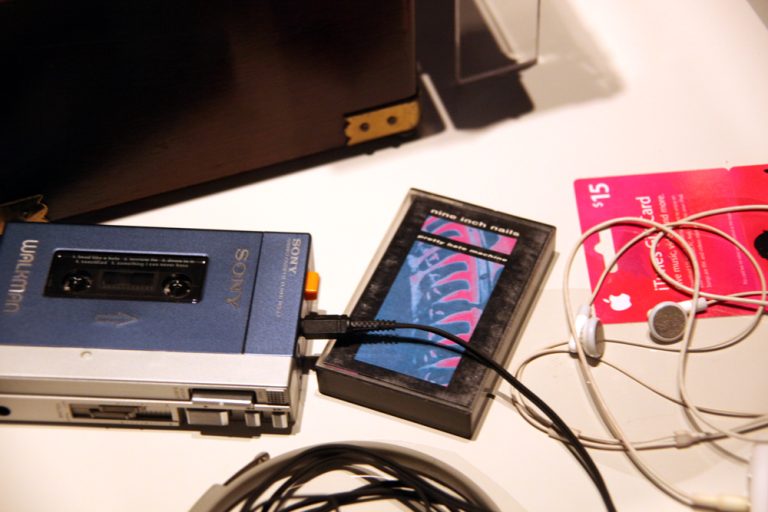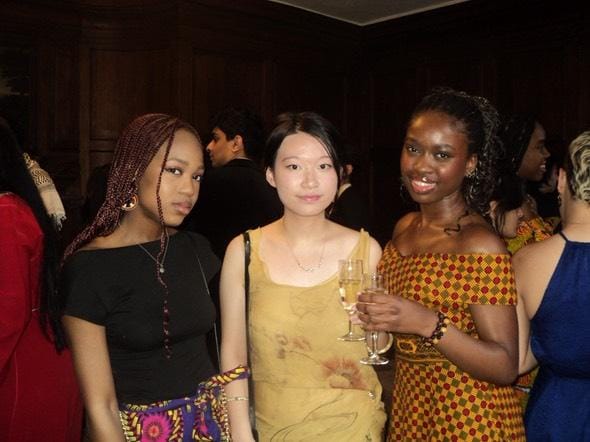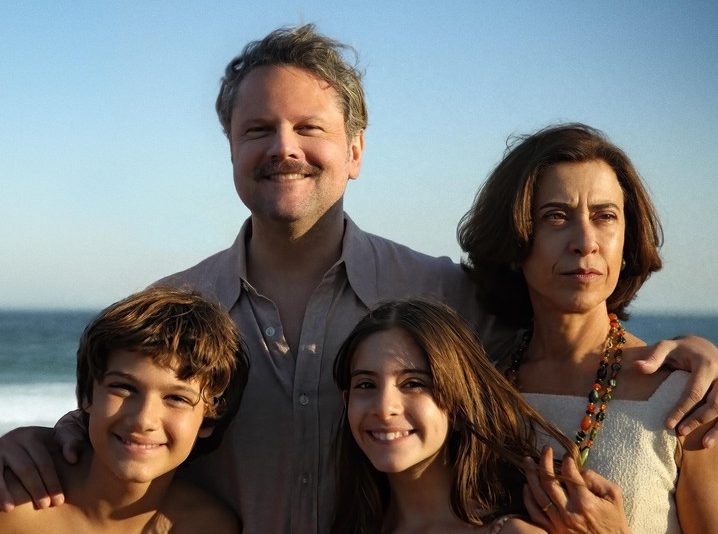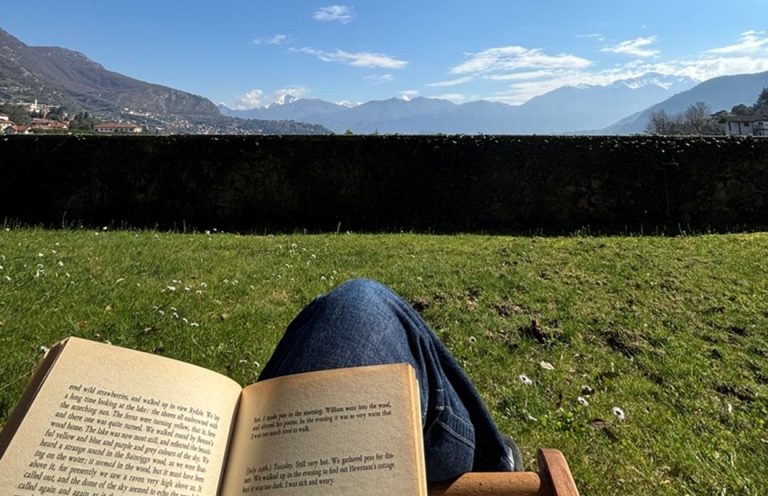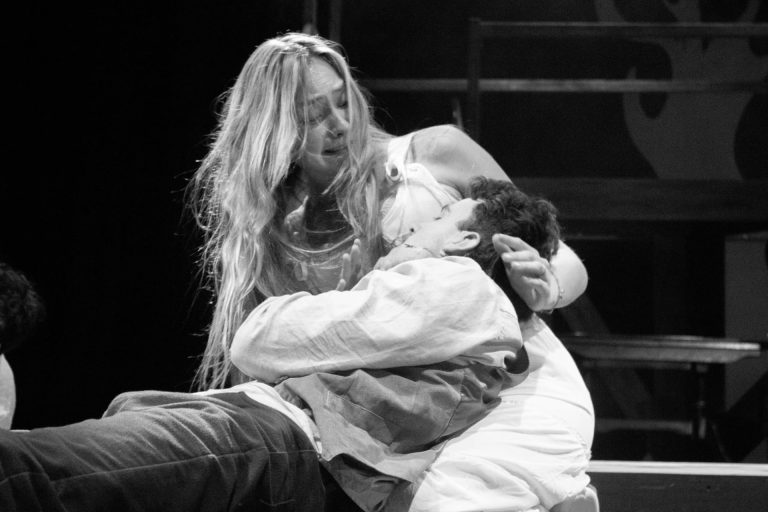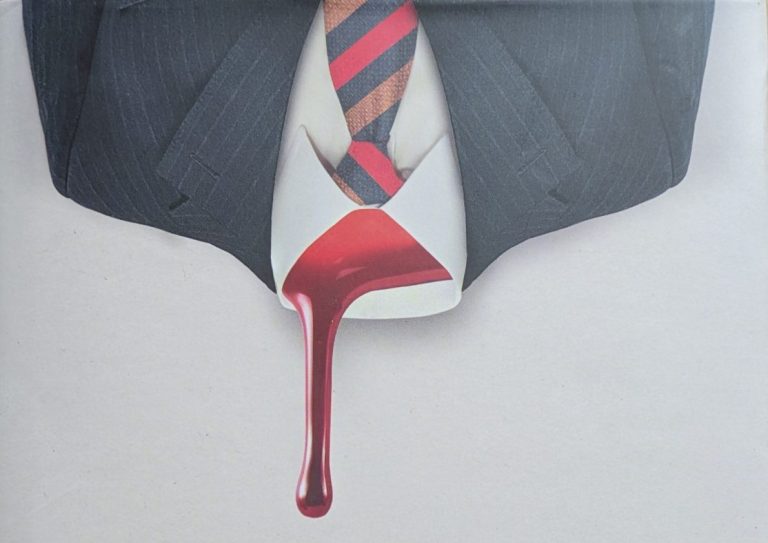Charles Darwin puzzled over the idea that “neither the enjoyment nor the capacity of producing musical notes are faculties of the least use to man” and eventually concluded that music evolved “for the sake of charming the opposite sex”. 150 years later, we have tweets proclaiming that “a girl following him on Spotify is a hundred bodies”. Clearly, music is a profound force driving relationships; shared music taste is one of the fastest ways to develop mutual respect and feelings of compatibility.
Scientists have been associating music with cooperation, social bonding, and empathy for decades. One of the ways music causes this effect is through promoting ‘self-other merging’ – a phenomenon where we begin to relate to other people so closely that their identity and experiences begin to overlap with our own. Even the term itself is evocative of just how powerfully music can bring people together. Music takes many different forms in the social sphere, from small orchestras rehearsing together to the masses dancing at a festival. It’s the mingled sweat and anticipation inside a venue as your favourite artist first takes the stage, the excited chatter as you flood out afterwards. It’s the feeling of community that drives us to buy band tees and to smile when, unprompted, somebody else puts on your favourite song.
The depth of emotion that can be found in music is responsible for much of its power – sharing your music with someone always feels deeply personal and revealing. As time goes on, this process has become easier and easier – we’ve moved from making mixtapes and burning CDs to tapping a button and having Spotify automatically ‘blend’ together songs from both your accounts, seemingly at random. The Spotify blend is, frankly, soulless and rotten. It destroys the thrill of painstakingly selecting songs that you think the other person will enjoy but that also (and often more importantly) manage to show off the full range of your own excellent taste. Music, after all, plays a critical role in representing to others the kind of person you are. That’s why “so what kind of music do you listen to?” is a standard first date question, and why I personally feel a cloud of stress descend whenever I’m given the aux at pres.
Online streaming has even begun to socialise the more isolated aspects of listening to music. Every October, people begin to lament that they’ve been listening to ‘embarrassing’ music and will be exposed by Spotify Wrapped. Not sharing your Wrapped is, of course, not an option. It’s simply too tempting to imagine that people are nodding their heads approvingly and letting out whistles of appreciation at the cold, hard evidence of your listening habits.
The intense vulnerability that artists often reveal in their songs is responsible for many of the ways we can connect to music. However, it can also lead people to develop a parasocial attachment to the artist, feeling that they know them and their situation personally. Across the world, the largest and most devoted fan groups follow musicians in a way that very few artists across other mediums have managed to replicate. These fan groups often reveal the darker side of the potent social bonding arising from music. Obsession with chart success and sales drives dynamics similar to those found among sports fans who pore over statistics and denigrate other teams at every chance.
It’s a capitalistic, tribalistic view of art that turns music into an industry-driven arms race where loyalty must be visibly proven, often in ways only possible via spending. Think of fans attending ten consecutive tour dates, queuing for days in front of a venue, or boasting about large collections of differently coloured but otherwise identical records. Fan communities are frequently hostile to ‘outsiders’ and ‘newcomers’ – any girl who has worn a classic band t-shirt will have been challenged to name three of that band’s songs at some point. They must be ‘worthy’ of wearing the shirt, since by doing so they become representatives of an exclusive group who defines itself through allegiance to their preferred artist.
This kind of thinking means that external validation of the group, some sign that their dedication has been a positive use of time, assumes a significant role. Hence, the close focus on chart success, streaming numbers and even celebrity endorsements, all boosting the commercialisation of fandom. Die-hards were over the moon when Anne Hathaway posted pictures in an Arsenal shirt; Kyle MacLachlan embracing Charli xcx’s BRAT was met with unadulterated glee by the surprisingly large intersection of Twin Peaks and hyperpop fans.
Bonding through music is a critical part of being human. It plays such an involved role in our lives that it’s often impossible for people to imagine a time before recorded music, when life was conducted without the background of 100,000 minutes listened per year on Spotify. Leonardo da Vinci considered music to be inferior to painting because it “evaporates in an instant”. Nowadays, of course, you could argue that being able to continuously and indefinitely repeat a song negates this point.
But that isn’t how we tend to listen to our favourite songs – we crave a live, communal experience, because the ephemeral nature of music only heightens the effect of hearing it together. Long after the final notes of the song have faded or the band has left the stage, the emotional effect lingers on in you and the people around you, united by the knowledge that the feeling is both shared and unique to that moment.


